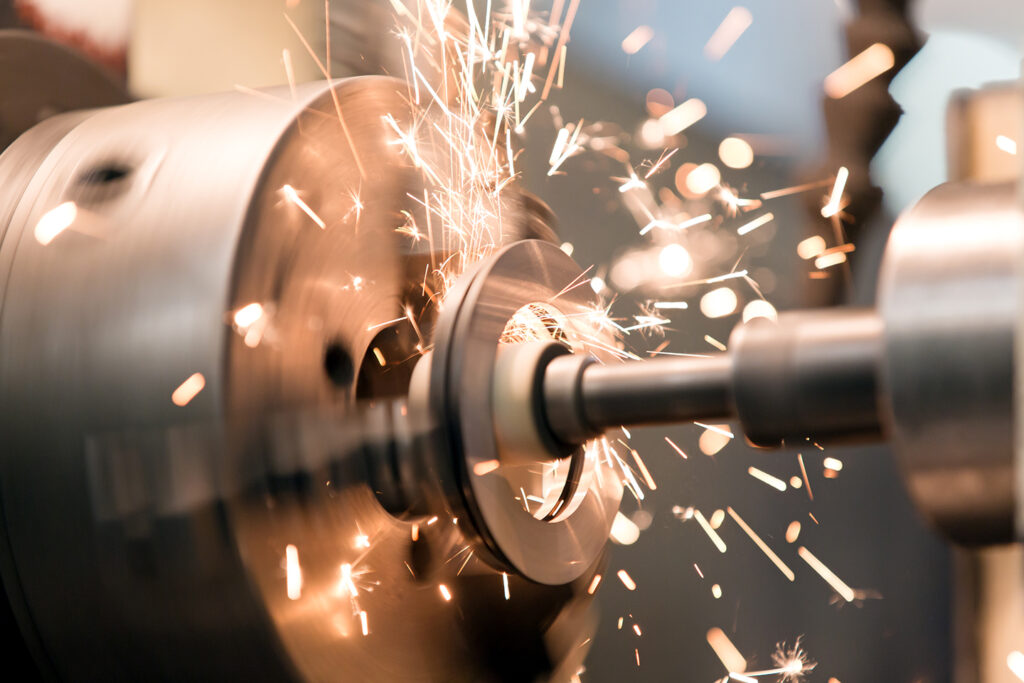Our continuous scraped surface heat exchangers consist of double pipe elements that are commonly used for cooling viscous and cooling crystallization duties. Heat transfer generally occurs across the walls of inner pipes while coolant flows in the annulus (inner/outer pipes) that contain the process fluid. Typically, an inner pipe will range from 12” NPS down to 6” NPS. Outer pipes are known to be as big as 16” NPS. Although each project is different, commercial installations typically consist of multiple double pipe elements that are carefully connected in a series (each element ranges between 20 to 50 feet in length).

Why should you consider Armstrong Chemtec’s continuous scraped surface heat exchangers over other types of crystallization?
- The modular design of our systems provides users with scalability that can account for changes in processing requirements.
- We designed our exchangers to run without clogging over long operation periods. Systems can handle extended periods between washings and hot.
- Continuous scraping of a heat transfer surface allows users to overcome fouling tendencies of some slurries.
- Our systems are carefully designed to be capable of handling higher MTDs when compared to tube and shell equipment.
- Systems are simple to use and self-contained, which drastically reduces the number of elements and excessive instrumentation.
- Our systems also handle pilot testing, dewaxing, and viscous liquid cooling processes
SCRAPED SURFACE HEAT EXCHANGERS
For more detailed information on our systems, please do not hesitate to give our team a call.
